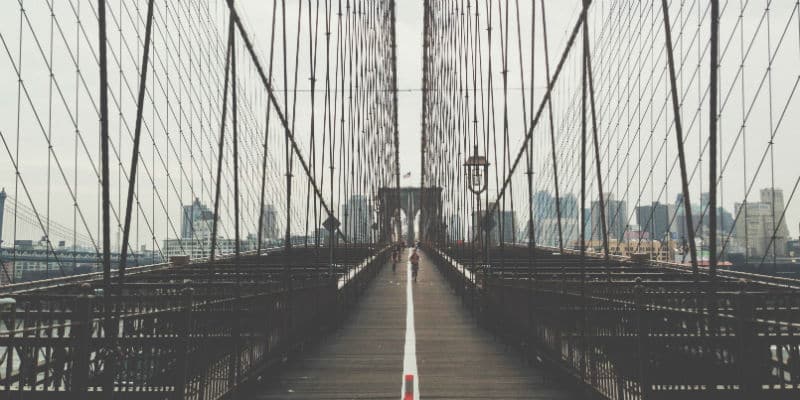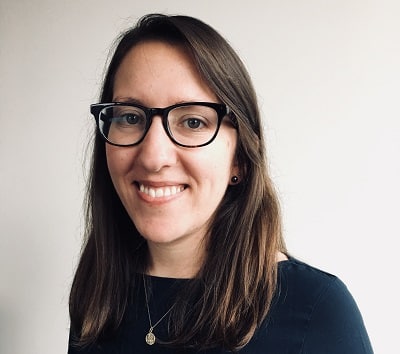In moments that require radical adaptation, it’s tempting to see crisis as an inevitable harbinger of change. So far, 2020 has seemed like a cascade of these moments: from school building closures due to COVID-19 in March to public grappling with racism after George Floyd’s death in June, and to the multiplication of remote and hybrid learning models this fall. Change, it seems, is all around.
So should we expect that, post-2020, school will never be the same again? Taking cues from the history of K–12 education, it’s no guarantee. Consider two examples of events that shifted the ground dramatically underneath schools, but resulted in two vastly different legacies:
Public education’s Sputnik moment
In 1957, on the same day that Leave it to Beaver premiered on television, the Soviet Union launched the first satellite into space. The preceding decade’s Cold War anxieties along with rising prosperity had already created increased demand for more academically challenging secondary schooling and higher education. On top of that, Sputnik’s blow to American confidence and security offered fertile ground for new reforms designed to make sure US students were competitive with their Soviet counterparts.
Whereas reforms from only a decade before had introduced “life-adjustment education” focused on practical skills, a new wave of advocacy rapidly eclipsed them by pressing for more rigorous and advanced academic preparation in science and mathematics. In turn, this resulted in the creation of a variety of incentives enshrined in policy through the National Defense Education Act of 1958, which included more than a billion dollars for education and scholarships and set a new precedent for the role of the federal government in education.
One legacy of this ground-shift is the presence of school resources like science laboratories, as well as overhead projectors and other audiovisual equipment—early precursors to some of the educational technologies more common in schools today. The Advanced Placement (AP) program, which was initially piloted in elite high schools in the early 1950’s, also gained momentum in Sputnik’s wake. AP courses introduced more rigorous academics into high schools and created opportunities for students to earn college credits while in high school, all while fitting easily into schools’ existing schedules and staffing structures.
AP remains one of the few examples of educational reforms that historians argue actually succeeded. Today, the program remains academically rigorous but is no longer so exclusive: 16,000 public and private schools offer AP courses, 165,000 educators teach them, and 22% of AP students come from low-income families.
Chicago’s innovative epidemic response
On the other hand, some major upheavals cause reactions that look dramatic, but lead to no lasting changes whatsoever. In 1937, for example, an outbreak of polio in Chicago closed the city’s schools and prompted remote learning for three weeks. In what the superintendent referred to as “Air Newspaper-School,” the school system leveraged radio stations and newspapers to continue students’ learning while schools were closed. Although the superintendent named the experiment an “emergency plan,” he also called it “promising” and noted that several university professors were studying the approach.
But even with this sweeping system-wide authorization of new tools and methods in education, delivery of instruction via radio and newspaper never caught on in schools once they reopened. It didn’t square with how teachers were used to instructing students, and in fact, the superintendent was careful to protect teachers from the new change: “no mechanical device can be successfully substituted for the teacher-personality and the pupil-teacher relationship.”
Confronting the current moment
There’s no question that, like the Sputnik launch and Chicago’s polio epidemic, the events of 2020 have put pressure on schools to change.
Some changes actually stand to benefit students, whether it’s public commitments to challenge racism or more flexible instructional models that enable curiosity and creativity to thrive. The glimmer of hope is that the positive adaptations schools make could lead to meaningful, sustained changes that benefit students in the long term—and perhaps even that the sum of many promising changes could amount to a transformation in what schools offer and how they operate.
But will changes that school system leaders introduce this year last, like the legacies of Sputnik? Or will they quickly snap back to “normal,” like after Chicago’s polio epidemic?
What’s critical for school leaders, policymakers, and funders to understand is that the forces at work only create a potential crucible moment. External circumstances are certainly forcing schools to adapt right now. But whether these short-term adaptations convert into long-lasting changes that benefit students has more to do with the chemistry between schools’ external circumstances and their existing ways of doing business.
We recently released new research that explains those chemical reactions. In our new paper, “Will schools change forever? Predicting how two pandemics could catalyze lasting change in public schools,” we illuminate the causal principles that determine why some innovations introduced in times of crisis persist, while others are cast aside when conditions normalize.
When school system leaders and policymakers internalize those causal principles, they will be in a better position to catalyze lasting change that comes from deep inside schools, not just from the immediacy of new circumstances. In doing so, leaders have a chance to make this another Sputnik moment for education—not another Air-Newspaper School.



